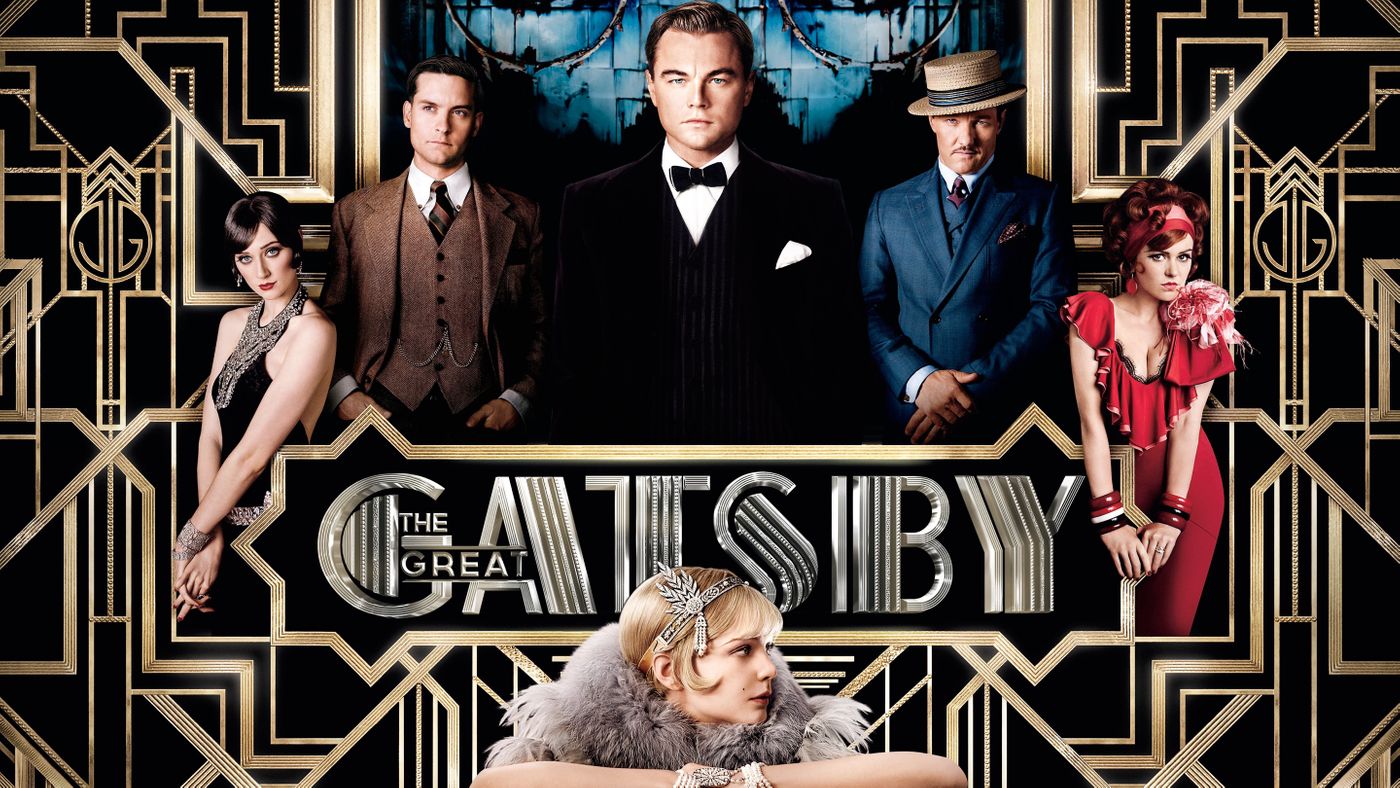
文學評論,自由撰稿人
Colors in The Great Gatsby

"The Great Gatsby " is a famous work created by Fitzgerald with the "American Dream" as the object of mockery. The author uses a lot of pink, silver, gold, yellow, blue, green, etc. to highlight and describe The character and the state of life development of the character. "The Great Gatsby" was hailed as the representative of the "Confused Generation" and "Jazz Age" after its publication.
1. Colors' depiction of Gatsby's character and destiny
First, when describing illusory hopes and dreams, the author uses green, which represents vitality and hope, to reflect the life tone of the main characters. For example, Gatsby, wearing a worn green sweatshirt, is young and energetic, and his life is full of countless possibilities. Another example is the definition and description of "green light". In the book, Daisy in the dark is used as the "green light". Gatsby in the dark stretches out his arm to Daisy, which is similar to embracing his own hopes and dreams.
Second, the blue that expresses mood changes. Blue is the color of the sea and sky, which means broad-mindedness, kindness and generosity, patience, etc. In the book, the "blue sailor's suit" that the captain bought for Gatsby and Gatsby's "blue garden" are all regarded by the author as a proxy for highlighting Gatsby's beautiful character. Of course, blue also represents depression and loss, so the author also used blue to express Gatsby's mood when he saw that Daisy was not at the dinner party.
Third, the gold and silver that represent wealth. After Daisy meets Gatsby, the author uses a lot of gold and silver to reflect Gatsby's wealth, such as golden turkeys, suckling pigs, brightly lit banquets, golden ties and silver shirts, yellow worms car etc.
Fourth, pink represents happiness and romance. Pink was used to portray Gatsby's romantic feelings, and when Gatsby decided to take the blame for Daisy, Gatsby was wearing a pink shirt. The author uses this as a metaphor for Gatsby's loyalty and romance to love.
2. Color description of Daisy's character and destiny
First, the white color that represents emptiness and loneliness. White was originally the representative of innocence, cleanliness, elegance and purity, but in the book, when describing Daisy, the woman who lives in a white mansion and wears a white dress interprets another meaning of white, that is, hypocrisy, shallowness, loneliness with emptiness.
Second, the red with a clear class connotation. In the novel, the magenta rug is an important item in Daisy's home. The author uses red as a metaphor for the strictness of the class, and uses this to illustrate that any people who try to overcome the barriers of class and enter the upper class will be rejected by the upper class, and there may even be bloodshed. Red is the symbol of anger, danger, and the tone of Daisy and her husband's mansion. In the book, the author not only uses red to express the strictness of class, but also uses red to express the cruelty, brutality, arrogance, selfishness, etc. of Daisy's husband.
Third, the numerous and repeated appearances of black in the book are also metaphorical. For example, Daisy and Gatsby meet in the dark. Black means that the relationship between the two cannot be exposed. After Daisy drove her husband and lover to death, Daisy turned off the light in the window, and Gatsby, who was protecting Daisy outside Daisy's house, fell into darkness, which meant that Daisy would cause damage to Gatsby. . The seemingly pure white Daisy is always in the dark when she interacts with Gatsby. Although her face is clean, she is extremely evil and insidious. Her essence and evil are just like the black that covers the world.
3. The description of other colors in "The Great Gatsby"
In addition to using colors to describe characters' personalities, roles, and life courses, the author also chose some colors to reflect the reasons for the rupture of the "American Dream".
First, the wasteland color represents gray. Grey itself represents disillusionment, desolation, nothingness and darkness. It is a color between black and white, symbolizing the wasteland of the people's spirit under industrial civilization. Therefore, in the second chapter of the book, F. Scott Fitzgerald set up the "ash valley" as a desolate area, under the shade of gray, the lower laborers who are full of gray and industrial waste are struggling with their hopes and dreams. In a gray world, lower-class workers have to pay a high price to realize their dreams. Even if they occasionally succeed, they will become depressed, depressed, depressed and even commit suicide because of their difficulty in realizing their own values, and then deduce the disillusionment of the "American Dream". .
Secondly, the yellow "American Dream" of the intoxicated. In the book, the author uses gold as a symbol of the supremacy of money and materialistic desires, while yellow represents power and wealth, corruption and debauchery and money worship. In the book, Daisy is known as the "Golden Girl", and uses this to highlight Daisy's worldliness and superficiality. Daisy has a soft spot for yellow, which is material and money. Daisy is full of the color and taste of money.
But on the other hand yellow also represents death, evil, betrayal, such as the metaphor of Judas' yellow clothes. Myrtle Wilson, who was bent on entering high society in the book, died in the yellow car, which the newspapers called "the murder car." At the last moment of his life, Gatsby disappeared like autumn leaves in the yellowing woods, which means that Gatsby's life, dreams and expectations are gradually silent and lost in his pursuit of money and love. In the end, dust returns to dust, earth returns to earth, and restores his final destination with the color of the earth.
Please indicate the source when reprinting, thank you! https://bailushuyuan.org/novel/traditional/reviews/36
Like my work?
Don't forget to support or like, so I know you are with me..
Comment…